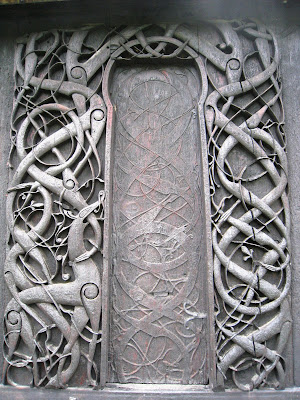Three time zones and four inflight movies later, but still
in France. With euros and cheese, hammocks and palm trees, Guiana, France’s 97th
department, is also its final frontier. The overseas province began life as a
penal colony, before whispers of precious metals reached the coast. Soon began
a gold rush of the down and out, heading inland and upriver, southwards towards
the rolling hills and inselbergs. The small village of Saul lies at the heart
of the territory, established at the beginning of the 19th centuryto
accommodate the wave of potential prospectors who began skimming nearby rivers
and creeks for nuggets of prosperity. Some left unhappy, some lined their
pockets, and others emptied those pockets at gunpoint. And over one hundred
years later, the dream of finding a hunk of treasure at the bottom of a jungle
stream is as strong as ever.
I too came looking for treasure, but of a very different
nature, and if you are a regular reader, you will by now be aware of my
particular penchant for all things formicine
(ants). Along with twenty other
researchers, I headed to the forest to the south of Saul, within the Parc Amazonien de Guyane to document its
biodiversity. Fish, mushrooms, trees and plants, butterflies, moths, beetles
and ants! We set up camp next to the crique
limonade, absent, we were informed, of parasites and pollution caused by
illegal gold miners and their mercury used to agglomerate gold dust. Over two
weeks, we collected samples and measurements which we hope will reveal the
mysteries locked in unstudied rainforest.
A few days after our arrival, the ranger of the reserve we
were working in came to camp on his quadbike, to inform us that an artisanal
gold mine had been seized and shut down to the north. The miners, illegal
Brazilian clandestines, were told to head back across the border, which turned
out to be roughly in the direction of our camp. Discussion around dinner that
night was naturally centred on the miners. We were told anecdotes of gunfire,
theft and fortune, only enforcing our panic of their arrival. A couple of days
later, whilst out at a survey site, I bumped into 3 of them, burdened with the
largest rucksacks I had ever seen. They were wiry thin, with hardened and dirty
faces, but were polite and respectful. I immediately felt guilty of having
judged them. A colleague who spoke Portuguese learnt more of their desperation,
from a female member of the group who could not hold back her tears.
It is not only the poor who are interested in the metals
beneath the rivers of Saul. The international mining conglomerate Rexma have
also applied for and gained permission to begin extraction. This goes against
the wishes of the local population, and the ethos of the national park. Rexma,
however, have been taken to court by a local campaign group, having been
accused of modifying the environmental report produced for them by an
independent eco-consultancy group.
The extraction of gold dirties not only the waters of the
rivers which flow above it, but the lives of those around, from the ants of the
forest (used by certain researchers as bio-indicators of the impacts of mines),
to the local populations who drink the contaminated waters and undergo the contamination
of their local economies.













.JPG)











